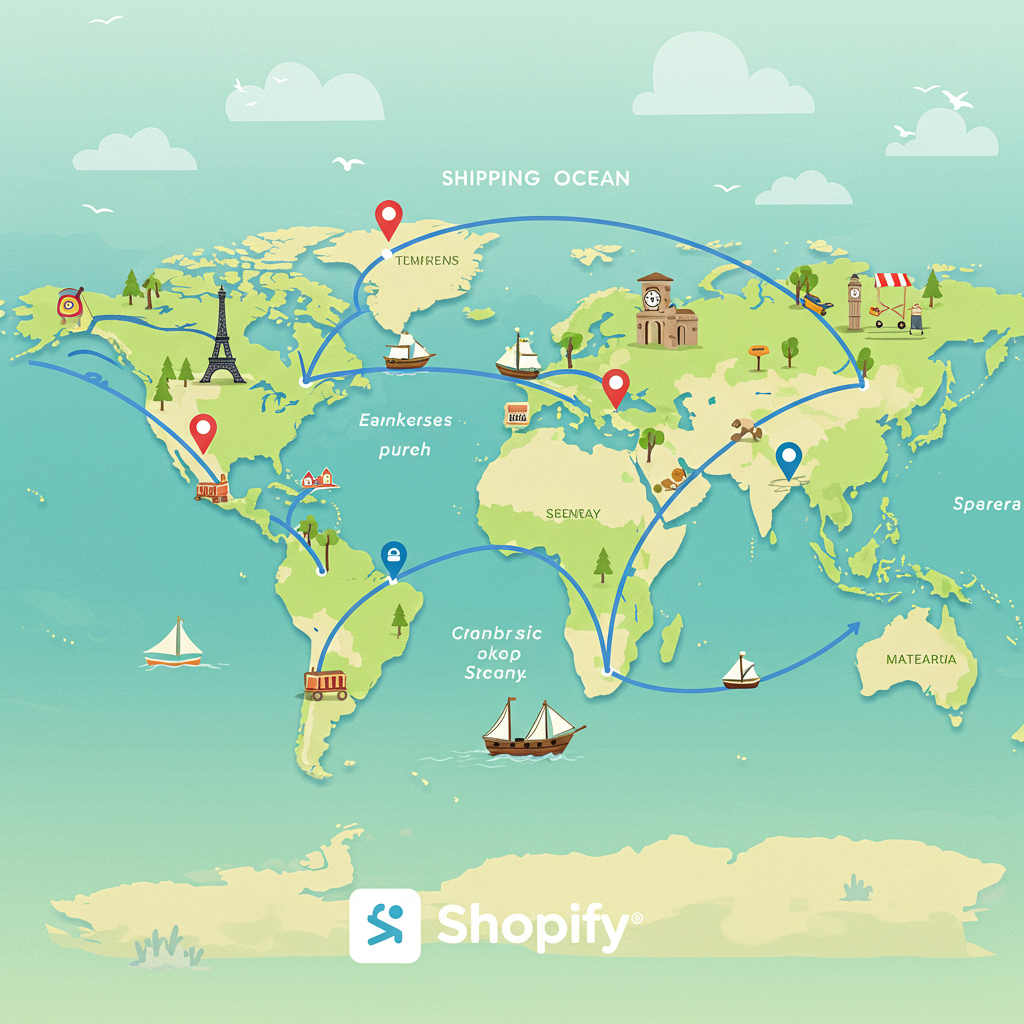Unlocking New Markets and Mastering Cross-Border Fulfillment for Your Store
As a Shopify merchant, I know the thrill of a new order. But what about when that order comes from halfway across the world?
Expanding internationally is a massive opportunity, yet it often feels like a daunting challenge.
I’ve spent a lot of time figuring out the best strategies for international shipping on Shopify, and I want to share my insights with you.
My goal here is to demystify the process and help you confidently ship your products globally.
Let’s dive into building a robust international shipping strategy for your Shopify store.
First, I always emphasize the importance of thorough research. You can’t just jump in without a plan.
Which countries are your target markets? Consider demand, competition, and local regulations.
Understanding import restrictions for your specific products in those countries is absolutely crucial to avoid customs delays.
Next, I look at shipping carriers. You have several options, each with its own strengths and weaknesses.
Major players like DHL, FedEx, UPS, and national postal services (USPS, Royal Mail, Canada Post) are your primary choices.
I often find that a mix of carriers works best, depending on the destination, package size, and urgency of delivery.
For instance, express carriers are great for speed and reliability, while postal services can be more economical for lighter, less urgent items.
Setting up your shipping rates is another critical step. I consider a few models to offer flexibility to my customers.
You can offer flat rates per country or region, which simplifies things for your customers and makes costs predictable.
Alternatively, calculated rates, often pulled directly from your chosen carrier, provide accuracy based on weight, dimensions, and destination.
I’ve also seen success with tiered rates, where shipping costs decrease or even become free above a certain order value, encouraging larger purchases.
Don’t forget about customs and duties. This is where many merchants get tripped up, leading to customer dissatisfaction.
Understanding Incoterms like DDP (Delivered Duty Paid) versus DDU (Delivered Duty Unpaid) is vital for transparency.
With DDP, you, the merchant, are responsible for duties and taxes, offering a smoother, surprise-free customer experience.
With DDU, the customer pays these fees upon delivery, which can lead to unexpected costs and frustration for them.
I strongly recommend being transparent about who pays these fees on your product pages and at checkout to manage expectations.
Proper product classification using HS (Harmonized System) codes is also non-negotiable for efficient customs clearance.
Packaging and labeling are more important than you might think for international orders, as they endure longer journeys.
Your packaging needs to withstand a longer, potentially rougher journey. I always use durable materials and adequate cushioning.
Accurate and complete customs declarations, including commercial invoices, are mandatory for every international shipment.
I also think carefully about international returns. What’s your policy for customers abroad, and how will it be handled?
Clearly define your return window, who pays for return shipping, and how refunds or exchanges are processed to avoid confusion.
Shopify’s platform and its extensive app ecosystem are incredibly helpful here, streamlining many complex tasks.
I use apps that assist with customs documentation, duty calculation, and even multi-carrier shipping label generation.
Setting up international shipping zones within your Shopify admin is straightforward and allows for granular control.
You can define specific countries or regions and assign different rates and carriers to each zone based on your strategy.
Customer communication is paramount. I always provide tracking information promptly and proactively.
Proactive updates about potential delays or customs issues can prevent customer service headaches and build trust.
My final piece of advice is to start small, perhaps with a few key markets, and then expand as you gain experience.
Monitor your shipping performance, gather feedback from your international customers, and continuously optimize your strategy.
Offering international shipping opens up a world of possibilities for your Shopify store, reaching new demographics.
It allows you to reach a much broader audience and significantly grow your business beyond your domestic borders.
I truly believe that with a well-thought-out strategy, you can turn global shipping challenges into global opportunities.
What do you think about this article? I’d love to hear your thoughts and experiences with international shipping!
By taking these steps, you’ll be well on your way to becoming a global e-commerce powerhouse, one international order at a time.






